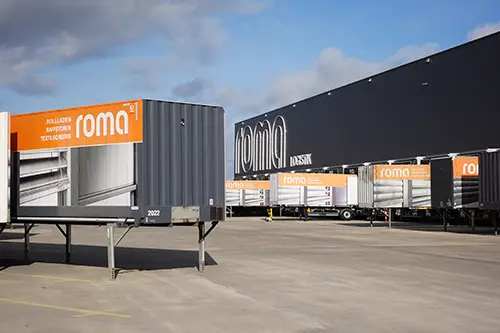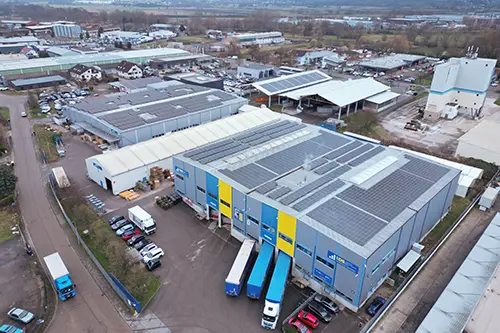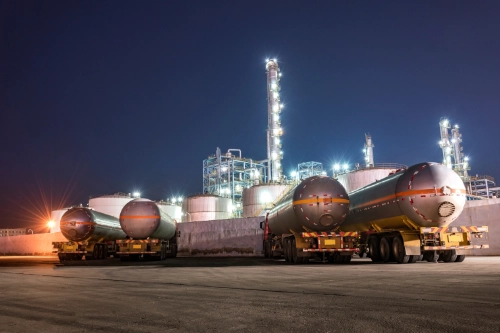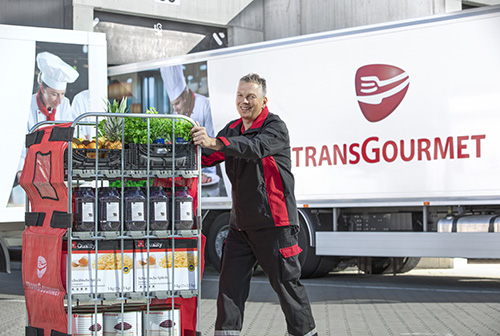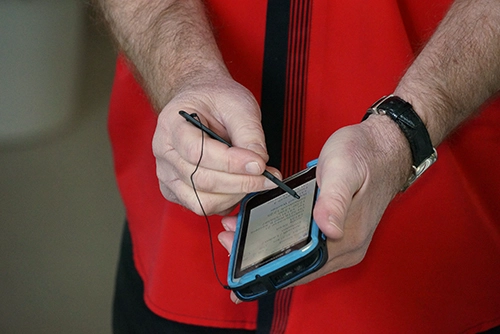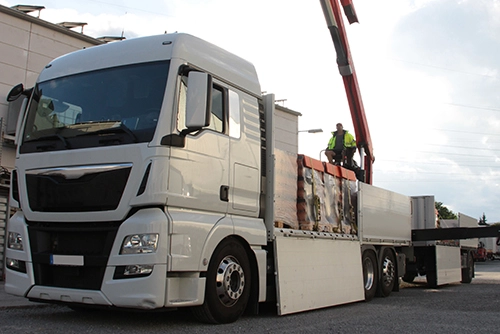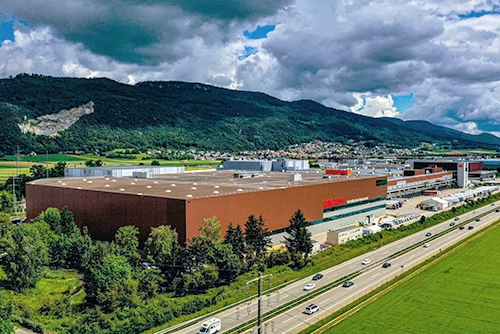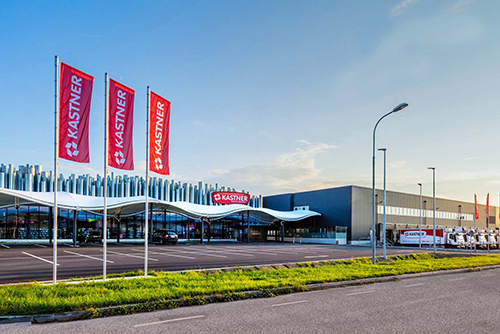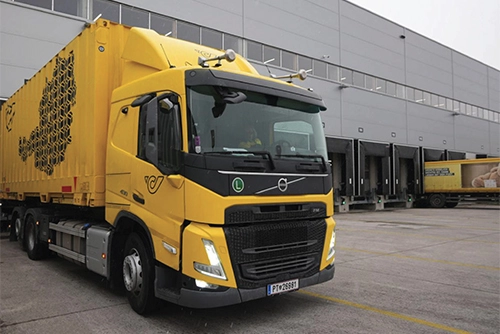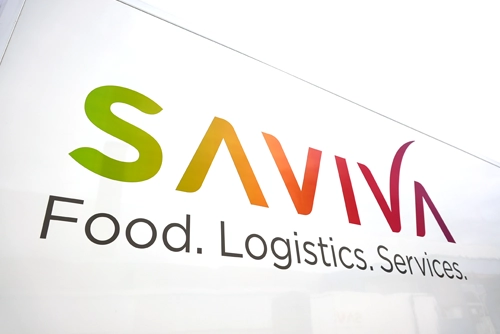Success Stories
ROMA Logistik: Roller shutters, venetian blinds and textile screens on tour
For twelve years, ROMA Logistik GmbH has been digitizing and optimizing its processes with the logistics software suite from Wanko. A returns and loading equipment management system has now also been integrated into the solution.
LDB Logistik: Optimizing at eye level
For the digitalization of all warehouse processes and end-to-end data exchange with its customers, the Baden-based logistics service provider LDB has been relying on the PraMag warehouse management system from Wanko for over 10 years.
Messer does it better: tours and billing optimized
Messer, the specialist for industrial, medical and specialty gases, is optimizing its delivery logistics throughout Europe with the Pragas and Pracar route planning systems and the Prabord telematics solution from Wanko integrated into them. This reduces logistics costs ...
Transgourmet: Lean tours with good taste
Transgourmet Germany and its subsidiary Frischeparadies have thoroughly modernized their own IT landscape. This process is still being implemented at the Selgros Cash&Carry stores, which also belong to the Group.
Same-day delivery at the Swiss online supermarket
Same-day delivery At the Swiss online supermarket coop.ch, customers can have goods delivered on the same day they place their order, choosing from up to 30 appointments that are kept to the hour. Behind it is a tour planning solution…
Digital at full power
Kraft Baustoffe GmbH has digitalized its logistics processes to a large extent and uses all modules of the Wanko suite for warehouse, transport and fleet management for this purpose. The close cooperation between Wanko and Kraft leads to permanent improvements.
Migros: Autonomous transport planning for bulky items
Online customers of Migros, Switzerland's largest retailer, can choose their delivery dates from up to 60 suggestions while still placing their order. For this purpose, Migros-Verteilbetrieb AG, or MVB AG for short, has been using the PraCar route planning system…
Kastner can do it royally
Austrian food wholesaler Kastner controls its own fleet with a route planning and telematics system from Wanko. Free optimization enables high savings and improved delivery service. the PraBord telematics solution from Wanko. Even in times of crisis and boom, the…
With WANKO, things are taking off
Austrian Post's transport logistics are managed by the PraCar route planning system, from scheduling to route backlogging and invoicing, and by the the PraBord telematics solution from Wanko. Even in times of crisis and boom, the solution proved to be…
Saviva relies on Wanko: Optimized right up to the cable car
Saviva AG has been managing its fleet with the PraCar route planning system and the PraBord telematics system from Wanko since 2022 and has thus significantly advanced digitalization. Automatic route optimization reduces the workload of dispatchers and increases delivery quality.
